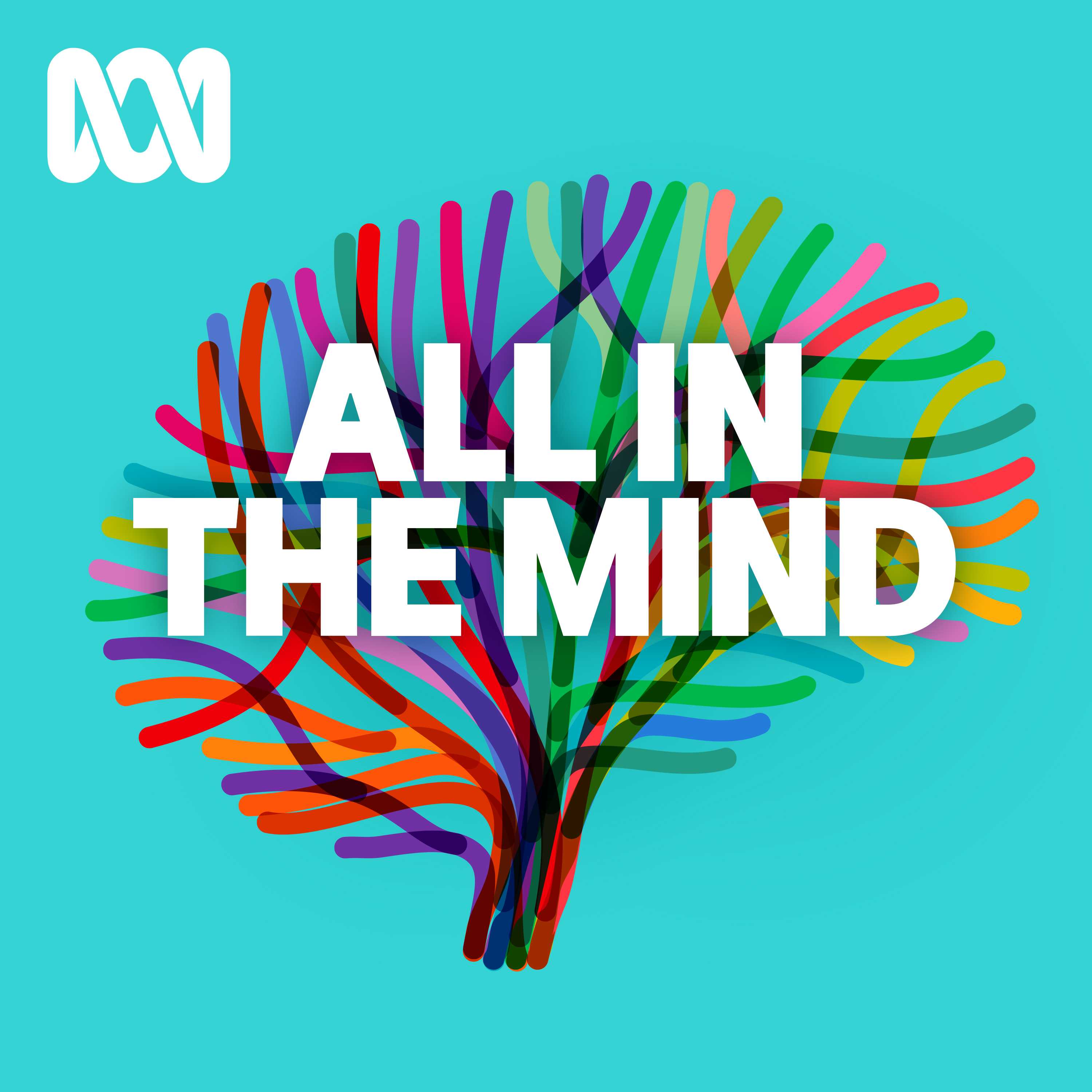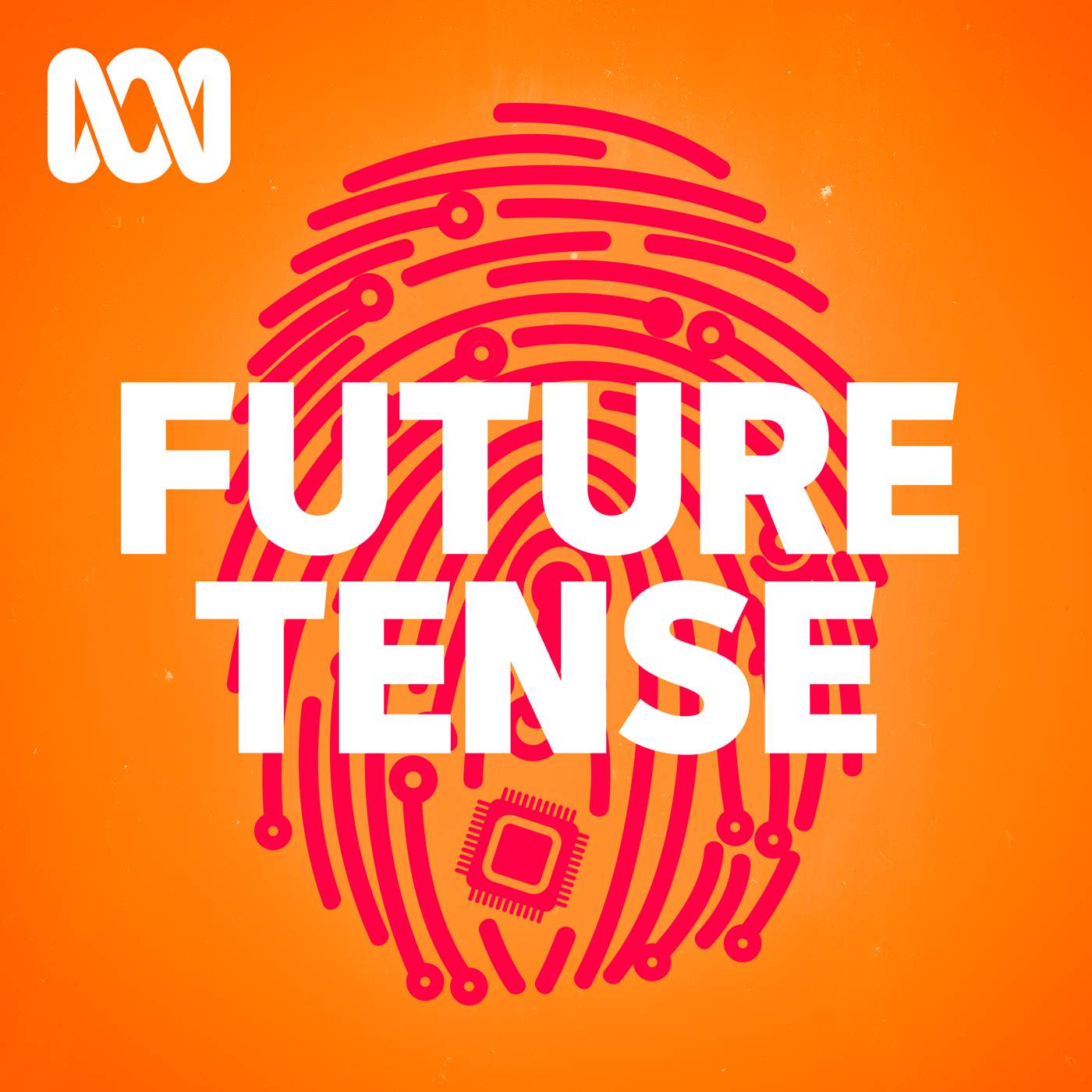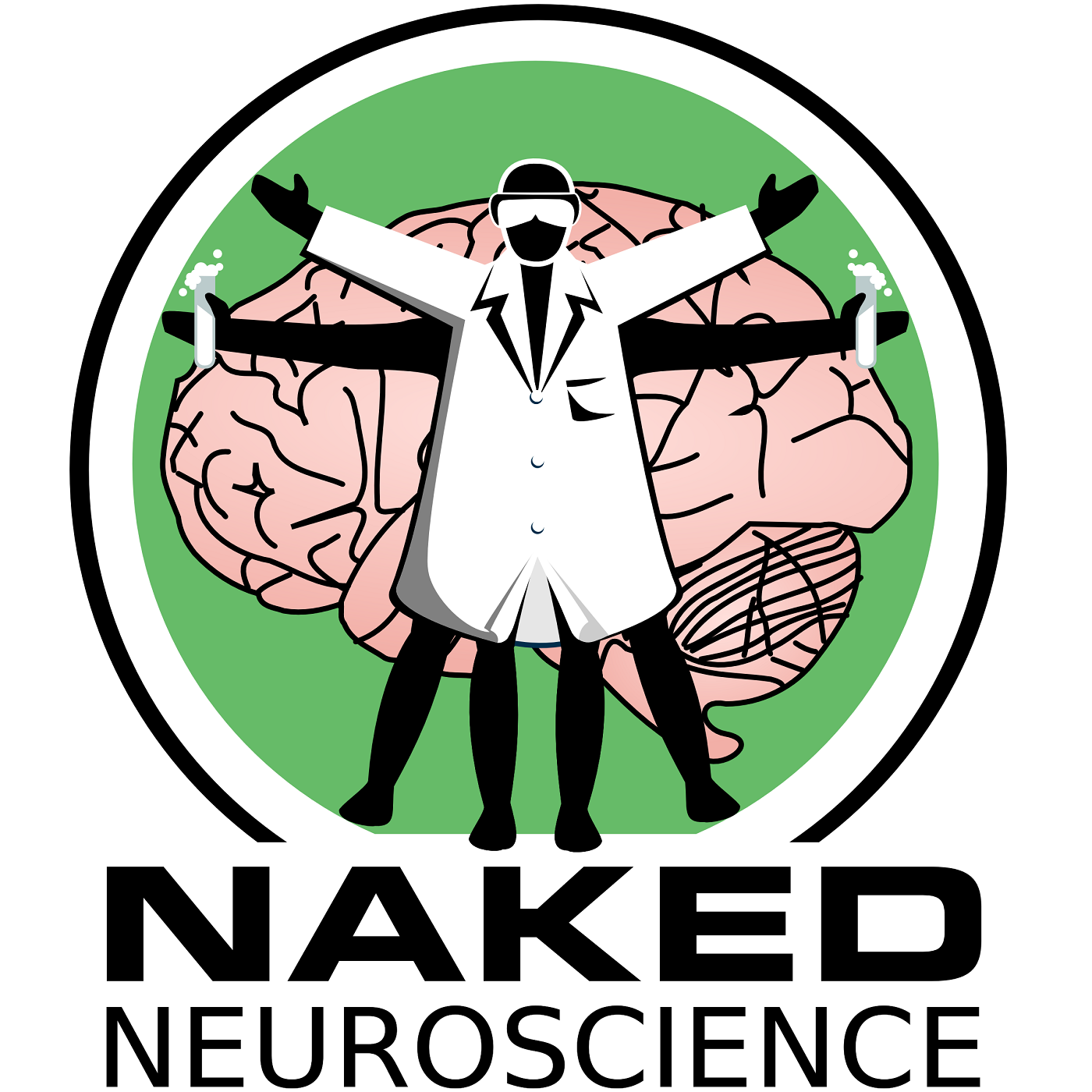
Heliox: Where Evidence Meets Empathy 🇨🇦
Join our hosts as they break down complex data into understandable insights, providing you with the knowledge to navigate our rapidly changing world. Tune in for a thoughtful, evidence-based discussion that bridges expert analysis with real-world implications, an SCZoomers Podcast
Independent, moderated, timely, deep, gentle, clinical, global, and community conversations about things that matter. Breathe Easy, we go deep and lightly surface the big ideas.
Curated, independent, moderated, timely, deep, gentle, evidenced-based, clinical & community information regarding COVID-19. Since 2017, it has focused on Covid since Feb 2020, with Multiple Stores per day, hence a sizeable searchable base of stories to date. More than 4000 stories on COVID-19 alone. Hundreds of stories on Climate Change.
Zoomers of the Sunshine Coast is a news organization with the advantages of deeply rooted connections within our local community, combined with a provincial, national and global following and exposure. In written form, audio, and video, we provide evidence-based and referenced stories interspersed with curated commentary, satire and humour. We reference where our stories come from and who wrote, published, and even inspired them. Using a social media platform means we have a much higher degree of interaction with our readers than conventional media and provides a significant amplification effect, positively. We expect the same courtesy of other media referencing our stories.
Heliox: Where Evidence Meets Empathy 🇨🇦
Mom, The Algorithm Will See You Now: Predicting Postpartum Depression
Instead of requiring new tests or lengthy questionnaires at discharge (when everyone's already exhausted and overwhelmed), the model uses information that's already been collected during routine care. Age, medical history, pregnancy complications, how long you stayed in the hospital, whether you needed medication for nausea—all data points that hospitals already track.
The magic happens when you combine these mundane clinical details with something more targeted: prenatal screening scores from the Edinburgh Postnatal Depression Scale (EPDS). That prenatal mood screening, it turns out, isn't just useful for spotting problems during pregnancy—it's a powerful predictor of future risk when combined with other factors. .. continue reading the article
This is Heliox: Where Evidence Meets Empathy
Independent, moderated, timely, deep, gentle, clinical, global, and community conversations about things that matter. Breathe Easy, we go deep and lightly surface the big ideas.
Thanks for listening today!
Four recurring narratives underlie every episode: boundary dissolution, adaptive complexity, embodied knowledge, and quantum-like uncertainty. These aren’t just philosophical musings but frameworks for understanding our modern world.
We hope you continue exploring our other podcasts, responding to the content, and checking out our related articles on the Heliox Podcast on Substack.
About SCZoomers:
https://www.facebook.com/groups/1632045180447285
https://x.com/SCZoomers
https://mstdn.ca/@SCZoomers
https://bsky.app/profile/safety.bsky.app
Spoken word, short and sweet, with rhythm and a catchy beat.
http://tinyurl.com/stonefolksongs
Curated, independent, moderated, timely, deep, gentle, evidenced-based, clinical & community information regarding COVID-19. Since 2017, it has focused on Covid since Feb 2020, with Multiple Stores per day, hence a large searchable base of stories to date. More than 4000 stories on COVID-19 alone. Hundreds of stories on Climate Change.
Zoomers of the Sunshine Coast is a news organization with the advantages of deeply rooted connections within our local community, combined with a provincial, national and global following and exposure. In written form, audio, and video, we provide evidence-based and referenced stories interspersed with curated commentary, satire and humour. We reference where our stories come from and who wrote, published, and even inspired them. Using a social media platform means we have a much higher degree of interaction with our readers than conventional media and provides a significant amplification effect, positively. We expect the same courtesy of other media referencing our stories.
This is Heliox, where evidence meets empathy. Independent, moderated, timely, deep, gentle, clinical, global, and community conversations about things that matter. Breathe easy, we go deep and lightly surface the big ideas. Hey there, and welcome back to The Deep Dive. We're getting into a really important topic today, something that affects so many families. Postpartum depression, PPD, it's a serious thing, you know, affecting maybe 15% of people who've recently given birth. And it's a big factor in health issues and, sadly, even mortality. That moment right after birth when you're about to leave the hospital, it just feels like such a key time, doesn't it? Like a real chance to maybe spot who might need some extra support down the line. So we've got this paper. It's from the American Journal of Psychiatry, and it zooms right in on that specific moment. They looked at using a pretty straightforward machine learning model built just using info that's already known before discharge to predict PPD risk. And here's the interesting bit. They focus specifically on people without any history of depression beforehand. So our mission for this deep dive is to unpack what this study found. You know, what did the model actually involve? How well did it perform? And what could this mean for catching risk early on? Okay, let's unpack this. Yeah, and it's important to remember, PPD is much more than just feeling down for a bit. The source material really highlights its severe impact. It contributes significantly to, well, illness and death after pregnancy. It's a major driver behind suicide and self-harm acts, estimated to be involved in maybe 10% or even more of all pregnancy-related deaths. And the tragic thing is many of those are considered preventable. Beyond those really severe outcomes, PPD just profoundly affects a new parent's health, their day-to-day functioning, and crucially, that developing bond with the baby and the whole family dynamic. It's a really vulnerable time anyway. It really is a ripple effect, isn't it? It touches everyone. And you'd think, I mean, almost all births happen in hospitals these days. So that discharge point seems like the perfect time to flag potential problems. We are getting better with screening tools like the EPDS. Right, the Edinburgh Postnatal Depression Scale. Yeah, that self-report questionnaire. It's being used more and more in obstetric care to check for depression and anxiety symptoms. But like the study points out, just using those screening schools on their own to predict future risk, it's, well, the success rate is only modest. Exactly. The hospital stay is the opportunity, no doubt. But we need a more efficient way to figure out who's really at high risk, especially when resources are tight, you know. And what makes this study particularly interesting is the specific challenge they tackled. a lot of the previous prediction models either weren't externally validated. Meaning they might look good on paper on the data they were built with, but maybe not so much on new patients. Precisely. Or they included people who already had a known history of depression. Now, if you include folks already known to be high risk, your model's performance staff can look kind of inflated, right? Okay. That makes sense. So this research team deliberately excluded anyone with a recent diagnosis of a mood or psychotic disorder or anyone on antidepressants recently. They wanted to focus on predicting risk in that huge group of people not already flagged by their history. Which makes the results potentially much more relevant for, well, for most new parents. So how did they actually set this study up? What was the method? It was a retrospective cohort study. So they look back at data from 2017 through 2022. They pulled information from a pretty large health system, had two academic medical centers and six community hospitals, all using the same electronic health record or EHR system. OK, so a good chunk of real world clinical data there. A very rich source. Yeah. And the group they studied was big, almost 30,000 individuals, 29,168 to be exact, who delivered during that period. And again, remember, they specifically kicked out anyone with that documented history of mood or psychotic disorders or antidepressant use in the year before delivery. Their whole goal was predicting risk where it wasn't already obvious. Right. So predicting PPD among those without that clear prior flag. How did they define PPD for the study's purpose? What counted as having it? They used a fairly broad definition trying to capture the different ways it might show up in the system. So it was either getting a mood disorder diagnosis code entered in the EHR or getting an antidepressant prescription or having a positive postpartum EPDS screen. That's a score of 13 or more anytime within six months after delivery. Okay, so capturing it through diagnosis, medication, or screening. Exactly. And in this particular group they studied, the rate of PPD popping up within those six months was around 9 to 10 percent. Got it. So that's our baseline risk in this specific cohort. What kind of information did they actually feed into their model? What were the ingredients? They stuck strictly to data points that would realistically be available in the EHR right at the time of discharge. So standard stuff. Sociodemographics like age, education level, marital status, preferred language, insurance type. They also included maternal medical history diagnosis codes from the year before delivery, medication use in that same year, and then pregnancy and delivery factors. Gestational age, whether it was twins or more, C-section or vaginal delivery, number of prenatal checkups, how long the hospital stay was. A lot of standard clinical data points. Yeah. And interestingly, they specifically did not use self-reported race and ethnicity data in the model itself. They did look at performance across those groups later on, though, to check for fairness. OK, that's an important point. Excluded from the prediction, but checked for equity afterwards. Anything else really key for the model? Yes. Crucially, they did include prenatal EPDS scores for their main model group. Now, this wasn't available for every single patient in the system. Only about 40 percent had a prenatal score recorded in the EHR. Ah, okay. So a subset had that extra piece of data. Right. But they hypothesized it would be a really powerful predictor, especially combined with everything else. So they built their primary model using those individuals who did have that prenatal screening data. So they could really test how much value that prenatal screen added and the model itself. What kind of machine learning did they use? They went with something called elastic net. It's a fairly common technique, pretty robust. Good for situations where you have a lot of potential predictors. And here's where the study really shines compared to a lot of earlier work. They did proper external validation. That sounds important. What does it mean exactly? It means they split the hospitals in the system. They used one group of hospitals to build and initially test the model. Then they took a completely separate group of hospitals where the model had never seen any patient data before and tested its performance there. Ah, like a real-world stress test. Exactly. Testing it on totally fresh, unseen data gives you a much more honest picture of how well it might actually work if you rolled it out more widely. It helps avoid those overly optimistic results you can get if you only test on the data you trained with. Right. External validation is definitely a big deal for seeing if a model is genuinely useful beyond the research lab. Okay, so they did all this careful setup. What happened? What did they find when they tested this model on that separate external validation data? Well, looking at that external data, the model showed what the researchers described as good discrimination. Meaning it was pretty decent at telling apart people who would likely develop PPD from those who wouldn't. That's the idea. They used a measure called the AOOC area under the receiver operating characteristic curve. It was 0.721. Okay. And is 0.72 good in this context? Yeah. 0.7 is often considered acceptable, moving towards good. It's not perfect, but it shows the model has meaningful predictive ability. They also checked its calibration using something called the Breyer score, which was.087. That suggested the model was well calibrated. And calibration means? It means the probabilities the model spits out are reliable. So if the model predicts a 20% risk of PPD for a certain group of people, the actual rate of PPD observed in that group was, in fact, close to 20%. That trustworthiness is really key if you want clinicians to rely on it. Okay, so decent at sorting people, and the risk scores it gives seem trustworthy. But practically speaking, what does this mean for a doctor or nurse using it? Right. Let's talk predictive values. They looked at what happens if you set the model's threshold to be really good at identifying people who won't get PPD aiming for a 90% specificity. At that setting, the positive predictive value, or PPV, was 28.8%. Okay, unpack that. If the model flags someone as high risk using this setting, about 28.8% of those flagged individuals actually went on to develop PPD within six months. Exactly right. And think back, the baseline rate in this whole group was only around 9-10%. Ah. So identifying a subgroup where the rate is almost 29%, that's nearly three times the average risk in this population. Precisely. That's a pretty significant enrichment of risk. It tells you the model is successfully identifying a group that is genuinely much more vulnerable. Wow. Okay, that definitely puts it in perspective. A near three-fold increase in risk for the flagged group. What about the other side, the people the model said were low risk? The negative predictive value, or NPV, was 92.2%. So among those the model identified as low risk, over 92% did not develop PPD. Correct. Which means it's pretty good at reassuring folks at ruling out risk for the vast majority. So a 28.8% risk in the high group versus only about an 8% risk, 100 minus 92.2 in the low group. That's a clear difference the model can make. What specific data points ended up being the most powerful predictors? What really drove the model? Yeah, they listed the top five factors with the biggest weights in the model. Number one was having anxiety or fear-related disorders noted in the record. Okay, that makes intuitive sense. Then anti-medic used medications for nausea and vomiting. Interesting. Also headache disorders, unspecified gastrointestinal disorders, and importantly, that prenatal EPDS score. That's a mix. Anxiety, sure. But anti-medics, GI issues, headaches. Did they speculate why those physical symptom-related things might be predictive? The paper didn't go super deep into the mechanisms for each one, but it certainly makes you think about that mind-body connection, doesn't it? Perhaps things like severe nausea or frequent headaches during pregnancy, the kind that lead to needing medication or having a diagnosis code, might reflect some underlying stress physiology or vulnerability that also elevates PPD risk. Yeah, or maybe shared underlying factors. Could be. And anxiety disorders, of course, are known to be closely linked with depression. It just shows how complex risk really is and how pulling together different kinds of data, mental health history, physical symptoms, screening scores can paint a clearer picture. And you said the prenatal EPDES score was right up there. Absolutely. They really emphasized its value. The model that included the prenatal EPDES score performed noticeably better than AOC of 0.72 compared to the same model built without it, which only got an AOC of 0.647. That's a pretty significant jump. It is. And it also did better than simpler models that only use the prenatal EPDS score, either the highest score or the most recent one. Those models hovered around an AROC of 0.68. So the takeaway there is that the prenatal screen isn't just useful for spotting symptoms then, but it adds real predictive power for future risk, especially when you combine it with other clinical factors. Exactly. It strongly supports the idea of integrating prenatal screening results into broader risk assessment, not just looking at it in isolation. Got it. And you mentioned they checked for fairness across different patient groups. Yes, they did a subgroup analysis, looked at model performance based on race, ethnicity, different age brackets under 30, 30, 40, over 40, and also by hospital type, comparing the academic centers to the community hospitals. And how did it hold up? They found the model performed similarly well across all these different subgroups within their specific health system. That suggests it might be applied equitably, at least within that population. Which is crucial if you're thinking about rolling out a tool like this widely. Okay, so let's pull this all together. Considering the setup, the data, the results, what are the big implications here? What's the takeaway? Well, what's fascinating here is I think the demonstration of feasibility. They showed you can build a pretty useful predictive tool using the kind of data that most health systems already have sitting in their electronic records available right before discharge. You don't necessarily need brand new complex tests or lengthy questionnaires right at that busy discharge moment. It's about smartly using what's already there. And a practical benefit of being able to stratify risk like this model seems to do. It could really help shift postpartum care towards being more individualized. Think about it. Instead of a one-size-fits-all approach, clinical teams could use this to identify that subset of individuals who fall into the higher risk category, you know, that group with nearly triple the baseline PPD rate. And that allows for targeted interventions. Maybe someone flagged as higher risk gets automatically scheduled for an earlier follow-up call, or gets a proactive referral to mental health services, or maybe just different discharge education, focusing more on warning signs and resources. Could even be connection to peer support. So it helps channel resources, especially limited ones, more effectively. Exactly. Especially in settings where mental health resources are stretched thin, this helps direct them to where they're most likely needed. And you mentioned earlier this study seems like an improvement on some previous efforts. Yes. I think compared to a lot of the earlier work in PPD prediction, this study really stands out for a few key reasons. That robust external validation is a big one. Testing it on completely new data. Right. Also, using a large, diverse, U.S.-based cohort makes it feel more generalizable. And critically, focusing only on individuals without a prior history of depression. That makes the findings much more applicable to the broad population that clinicians see every day, compared to studies that might have focused on narrower groups or lack that real-world validation step. It definitely sounds like a solid step forward, but like all research, I'm guessing there are limitations they acknowledged. Oh, absolutely. They were quite upfront about them. First, it's still data from just one health system. Even though it's large and diverse, you want to see this model validated in completely different regions, different health care setups, different populations to be really sure it works broadly. Makes sense. You need to check it elsewhere. Yeah. There's also the inherent limitation of using EHR diagnosis codes to define the PPD outcome. Those codes aren't always perfect. Sometimes things get missed, sometimes coded slightly inaccurately. So there's a chance of misclassification bias. And then there's missing data, like those prenatal EPDS scores only being available for 40%. That could potentially skew things. Or maybe patients with more severe depression were less likely to have follow-up data recorded. These missing pieces could introduce bias. Okay, so definitely promising, but needs more testing and awareness of those potential data issues before it's ready for primetime everywhere. What did the researchers see as the main next steps? The really crucial next phase, they suggested, is moving beyond just building the model to figuring out how to actually implement it effectively in real clinical practice. That involves studying how clinicians and patients actually use the tool. Does it fit into the workflow? Is the information presented clearly? Does it actually change care decisions? And ultimately, does using it lead to better outcomes, fewer cases of severe PPD, better patient experiences? Because building a model is one challenge, But getting it successfully integrated into the messy reality of health care delivery is a whole other ballgame. Absolutely. It's never just about the tech. It's about the human processes around it. Well, this deep dive into the research from the American Journal of Psychiatry certainly paints a hopeful picture. Using information we already have right at that key discharge moment to get a much better sense of who might be at higher risk for PPD, especially among folks who wouldn't have been flagged based on their history loan. It feels like a really valuable direction. does. And, you know, this raises an important question for the future. If we get really good with tools like this at stratifying risk, at pinpointing who is in that higher risk group, how do we then guarantee this identification translates into truly equitable access to the necessary support? Prediction is only half the battle, maybe less. How do we make absolutely sure that flagging someone as high risk leads directly to them getting the tailored follow-up, the mental health care, the community resources they need, regardless of their insurance or their background or where they live. That is the critical next step, isn't it? Ensuring prediction leads to equitable action and better care for everyone. It's fascinating to see data science pushing these boundaries, but also so important to keep those real-world implementation and equity questions right at the forefront. Thanks for joining us for this deep dive. We hope this gave you a clearer view of this significant research and what it could mean for supporting families during the postpartum period. Thanks for listening today. Four recurring narratives underlie every episode. Boundary dissolution, adaptive complexity, embodied knowledge, and quantum-like uncertainty. These aren't just philosophical musings, but frameworks for understanding our modern world. We hope you continue exploring our other podcasts, responding to the content, and checking out our related articles at helioxpodcast.substack.com.
Podcasts we love
Check out these other fine podcasts recommended by us, not an algorithm.

Hidden Brain
Hidden Brain, Shankar Vedantam
All In The Mind
ABC
What Now? with Trevor Noah
Trevor Noah
No Stupid Questions
Freakonomics Radio + Stitcher
Entrepreneurial Thought Leaders (ETL)
Stanford eCorner
This Is That
CBC
Future Tense
ABC
The Naked Scientists Podcast
The Naked Scientists
Naked Neuroscience, from the Naked Scientists
James Tytko
The TED AI Show
TED
Ologies with Alie Ward
Alie Ward
The Daily
The New York Times
Savage Lovecast
Dan Savage
Huberman Lab
Scicomm Media
Freakonomics Radio
Freakonomics Radio + Stitcher
Ideas
CBC

